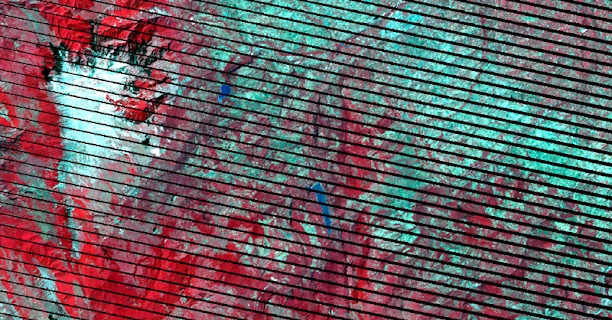Main geoprocessing tools in GIS
The main geoprocessing or geoprocessing tools that we will find in any GIS program enabled for it are:
Dissolve: Through this operation we can dissolve the limits between elements and unify entities from the same layer as long as they present a common attribute or value in their attribute table. For this it is necessary that these cartographic entities present in the attribute table a field under which the same attribute is repeated. Graphically we could represent it as follows. We can use this tool to simplify our cartography and join entities with the same attribute.
Merge —Spatial features from two or more layers are joined to produce a single resulting layer. This process overlaps both layers to generate a new cartography, so the limits of the initial layers should not have a spatial coincidence to avoid overlaps in the resulting layer. We can use this tool to unify cartography based on sheets or isolated territorial areas such as administrative cartography.
Clip: one of the layers serves as a silhouette to clip the entities of another layer under the same shape. As a result, a layer is obtained whose entities follow the limits of the clip layer. In order to perform this function, we must use a clipping layer based on polygon nature. The layers to clip can be lines, points or polygons. We can use this tool to extract specific information from territorial areas in which we are interested.
Intersect: two spatially coincident layers intersect, obtaining, as a result, the common area shared by the geographic entities of each layer. Your attribute tables will display the information associated with the initial layers. We will use this tool when we want to know the common information that an area presents when we combine two different and coincident thematic layers.
Union: two matching layers are fully joined, obtaining, as a result, a single layer whose entities present in their attribute table information from the combination of both layers. Unlike the Merge tool, this tool does not generate layer overlaps. We will use this tool when we want to know the territorial information that an area presents when we combine two different thematic layers even if they do not coincide.
Together with these tools we can find other applications based on the elimination of entities (Erase), creation of zones of influence (Buffer) or the spatial linking of attributes (Spatial Join). Through applications such as Arc Toolbox or Sextante we will be able to obtain other more complex geoprocessing tools based on specific analyzes such as the exploitation of Digital Terrain Models, the editing of raster files or the obtaining of visual basins, among others.








Comments
Post a Comment